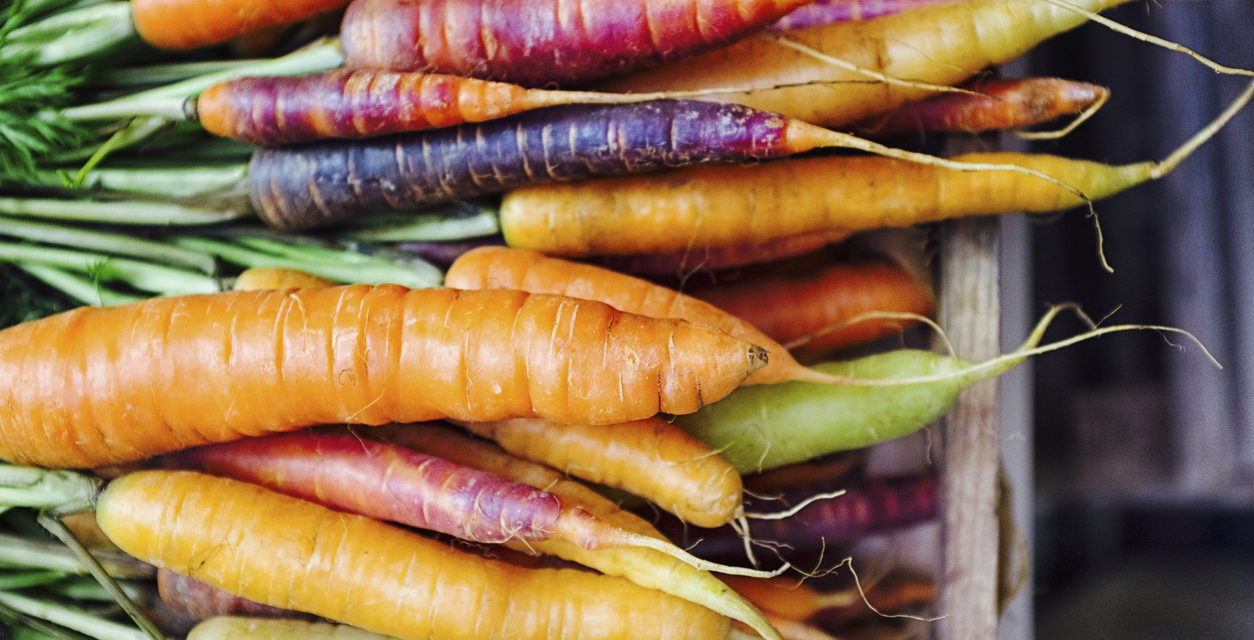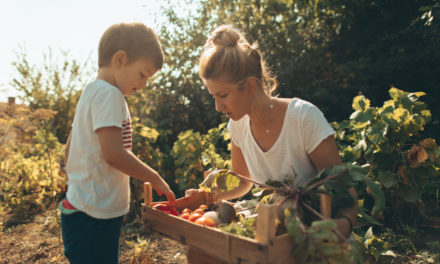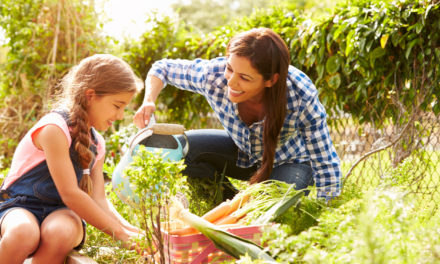Knowing that fresh, just-harvested produce has higher nutritional content than produce that has been shipped and stored, perhaps you’ve decided to grow your own vegetables at home this year. However, sometimes the most difficult part of a new project is knowing where to start so here are some steps to get a garden started.

Photo Credit: fotolinchen (iStock)
Select a good location
A good location for your vegetable garden will be in full sun, with easy access to water and good soil. Soil quality is critical so you want fertile soil that drains well. Avoid planting too close to large trees and shrubs as they will compete with your vegetables.
Determine the type of garden you want
The secret to success is to start small. Only plant the amount of space that you can manage joyfully. The garden should be fun and fascinating, not a chore to be dreaded.
Determine what to grow and when to plant
Grow what you like to eat. If space is limited, concentrate on vegetables that yield the greatest return for the effort, such as pole beans, tomatoes, root crops, and leafy greens. Vegetables are grouped by when they are planted:
Most vegetables are started from seed or transplants. Generally, seed can be sown directly into the garden soil for beans, beets, carrots, cucumbers, lettuce, melons, onions, peas, pumpkin, radish, spinach, squash, and corn. Vegetables like broccoli, cabbage, cauliflower, eggplant, peppers, and tomatoes are most commonly transplanted.
Maintain your garden frequently
Plan to water and weed your garden consistently. Weed control is important because weeds compete with the vegetables for water, nutrients, and light and they can harbor insects and diseases.
Enjoy the “fruits” of your labor
For answers to urban horticultural questions, contact Ask.Extension.org. You can also follow the El Paso County Master Gardeners on Facebook.com/ColoradoMasterGardeners.EPC/.

 Photo Credit: Photohaiku (iStock).
Photo Credit: Photohaiku (iStock). 



Comment on: How to Start Your Own Vegetable Garden